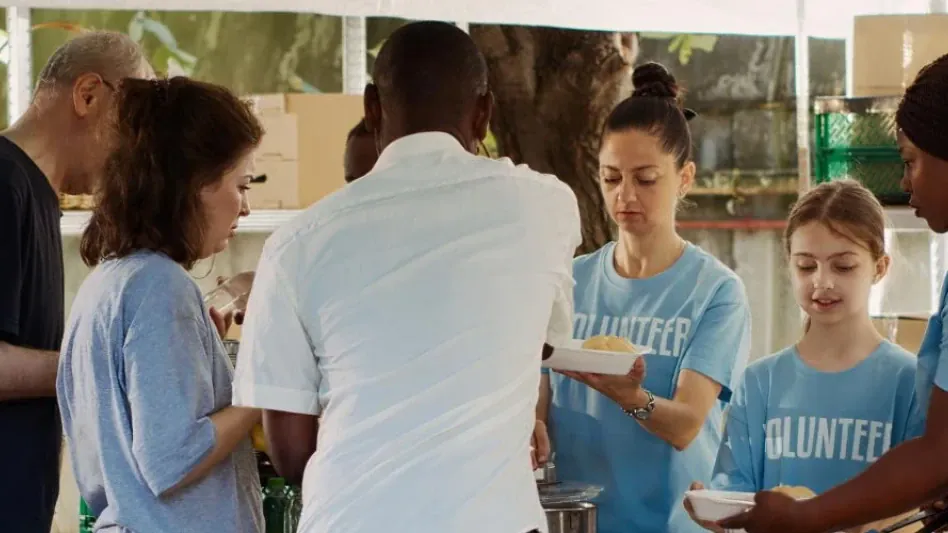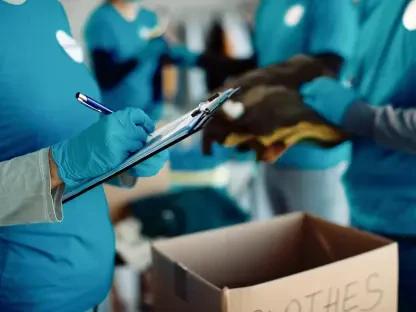Community health fairs are important events that play a critical role in improving healthcare access, especially for underserved populations. These fairs serve as a linchpin, bridging gaps between the healthcare system and communities that might otherwise go unnoticed. HealthPoint’s recent Community Health Fair in Bryan, Texas, exemplifies how such events can profoundly impact community wellness. By providing a platform that extends various essential medical services, educational resources, and community support programs, these fairs offer more than just healthcare—they foster a sense of community and equitable access to medical care for all.
A Platform for Healthcare Accessibility
Community health fairs are a crucial mechanism for enabling access to healthcare resources for all, particularly marginalized communities. These fairs often partner with Federally Qualified Health Centers (FQHCs) like HealthPoint, whose mission is to ensure that low-income, uninsured, or underinsured individuals receive quality healthcare. Through the support of the federal government, FQHCs can offer services at reduced or no cost.
Events like the Community Health Fair extend the reach of these centers by bringing a variety of medical services directly to the community. In Bryan, HealthPoint orchestrated a comprehensive array of screenings, educational resources, and interactive activities, making healthcare more accessible to those who might otherwise face barriers such as lack of insurance or financial constraints. By doing so, these fairs play an essential role in breaking down the systemic barriers that often prevent underserved populations from receiving the care they need.
Moreover, the fair’s location in a familiar community setting makes it easier for residents to attend and receive medical care. This accessible format ensures that critical services, including health screenings and wellness checks, are within reach for those who might struggle with transportation or other logistical challenges. Through these efforts, community health fairs help to normalize the act of seeking medical care, thereby promoting a culture of health and wellness.
Connecting Underserved Populations
One of the primary objectives of community health fairs is to connect underserved populations with medical providers and services. Outreach efforts by these fairs are vital in identifying and addressing the needs of individuals who may not have regular access to healthcare. HealthPoint’s outreach and enrollment team, led by Dora Vazquez, plays a pivotal role in this initiative.
Vazquez and her team actively engage community members, ensuring that individuals who lack insurance are informed about and connected to available healthcare services. Personal testimonies from outreach workers reveal the emotional and profound impact of providing essential medications and facilitating primary care connections, emphasizing the importance of these outreach efforts. By reaching out to residents directly, these teams serve as invaluable liaisons who break down barriers and foster trust within the community.
Through stories of individuals who benefited from the fair, it becomes clear that outreach is not just about disseminating information; it is about building relationships and trust. These relationships often make the difference between someone receiving timely medical intervention and suffering in silence. This personal touch underscores the human element behind community health initiatives, which is crucial for fostering long-term health improvements and engagement in continuous care.
Educational Resources and Community Engagement
Community health fairs are not just about medical services; they also offer educational resources that inform residents about various health issues and preventive measures. The fair organized by HealthPoint included family-friendly activities and provided educational materials on a wide range of health-related topics, from nutrition to chronic disease management. These resources are tailored to address the specific health challenges faced by the community, ensuring that the information is relevant and useful.
Integrating engaging activities like cornhole games and snow cones, the fair successfully attracted a diverse range of attendees. This approach ensures that crucial health information reaches a broad audience, fostering a more informed and health-conscious community. The fair also emphasized pediatric care, with special accommodations for Well Child Checks and the distribution of backpacks and goodie bags for school-aged children, further underscoring the holistic nature of community health fairs.
Additionally, educational segments often include practical demonstrations and interactive sessions that empower attendees to take control of their health. These sessions might cover how to use medical devices, the importance of vaccinations, or even mental health workshops. By making education a cornerstone of the fair, organizers ensure that participants leave not only with immediate medical aid but also with the knowledge to maintain and improve their health in the long run.
Building Community Through Collaboration
Another significant aspect of community health fairs is the collaborative effort between healthcare providers and local organizations. By partnering with various community groups, these fairs can extend their outreach and amplify their impact. HealthPoint’s fair connected attendees with a multitude of programs and organizations, creating a robust support network for residents of Brazos Valley. This collaboration ensures that the fair is not an isolated event but part of a broader strategy to improve community health.
This collaborative approach enhances the effectiveness of healthcare delivery by addressing broader social determinants of health. By providing comprehensive support that includes not just medical care but also educational and social resources, community health fairs help build a more resilient and self-sufficient community. This network of resources is essential in creating a sustainable model of healthcare that continues to serve underserved populations.
The partnerships formed during these fairs often lead to long-term collaborations that benefit the community beyond the event itself. For instance, local organizations might continue to offer workshops, maintain support groups, or provide resources that were introduced at the fair. This sustained engagement helps to ensure that the momentum generated by the fair is not lost, leading to continuous improvements in community health.
Enhancing Equity in Healthcare
Community health fairs are vital events that significantly enhance healthcare access, particularly for underserved populations. These fairs act as a crucial connector, filling the gaps between the healthcare system and communities that might otherwise lack attention and resources. HealthPoint’s recent Community Health Fair in Bryan, Texas, is a prime example of how such events can dramatically influence community wellness. By bringing together a range of essential medical services, educational resources, and community support programs, these fairs provide much more than healthcare alone—they cultivate a close-knit sense of community and ensure equitable access to medical care for everyone.
Beyond basic medical check-ups, these fairs frequently offer screenings for chronic diseases, dental assessments, and mental health evaluations. Attendees can also receive vaccinations, nutritional advice, and information on preventive measures, all without the need for insurance. Moreover, these events often include workshops and seminars that educate participants on managing their health effectively, thereby empowering individuals to take charge of their well-being. By offering these diverse services, community health fairs contribute to reducing health disparities and improving overall community health outcomes.









